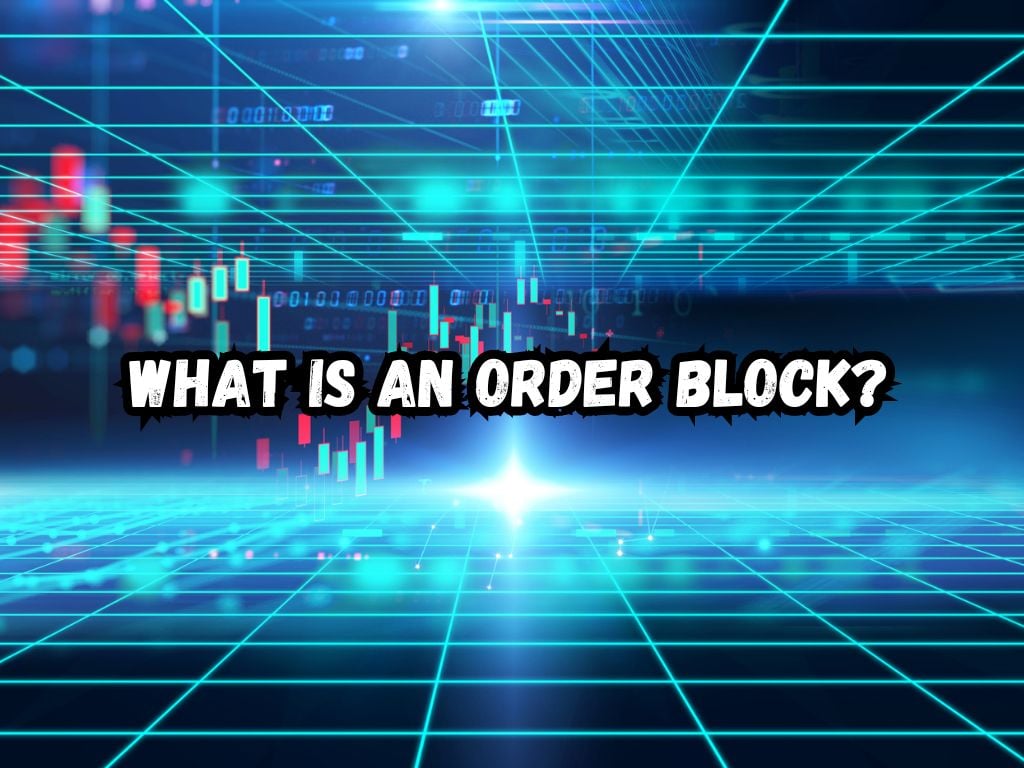In the complex world of trading, success is often the result of understanding nuanced concepts that drive market movements.
One such concept is the order block. It may seem daunting at first, but grasping what an order block means can significantly refine your trading strategy.
This article aims to shine a light on what order blocks are, how to identify them, and ways to use them in your trading endeavors.
What Is an Order Block in Trading?
An order block is a large order or cluster of orders placed by institutional traders or investors that can influence the price direction of a security.
These blocks fall into two types: buy order blocks, where the demand is anticipated to lead to a price increase, and sell order blocks, expected to result in a price drop.
These order blocks come into play when institutional traders do not want to show their full hand to the market, to avoid price moves against their interest.
They are formed during periods when the market sees less trading activity, thus getting absorbed without significant price impact.

Significance of Order Blocks for Traders
Understanding order blocks is crucial because they reveal the actions of institutional traders, who have a considerable influence on market trends. When a large order block enters the market, it can create a sudden imbalance, leading to price movements.
By learning how to spot these blocks, traders can predict potential market movements and align their strategies accordingly.
How to Spot Order Blocks in Trading?
Identifying order blocks requires attention to price charts and an understanding of market behavior at significant levels. Traders look for consolidation zones where price moves sideways, indicating the absorption of a large order.
Another hint is a quick and substantial price movement away from these zones, suggesting an institutional player has started to move.
Visual examples on trading charts often show these as large, almost abrupt transitions in price, right after periods of relative calm.
Strategies for Trading with Order Blocks
Once you spot an order block, using it to guide your trade decisions can be quite effective. The key is to estimate the market’s direction based on the order block and plan your entry and exit points around it.
Here are a few strategies:
- When you identify a buy order block near support levels, consider it a potential cue for taking a long position.
- Conversely, a sell order block near resistance might suggest a good opportunity to go short.
- Avoid entering the market immediately after spotting an order block. Wait for confirmation through follow-up price action to validate your analysis.
Keep in mind, trading directly against an order block without clear signals for doing so can be risky.
Case Studies and Real-World Examples
Successful traders often share stories where recognizing and acting on order blocks made a difference. For instance, in a market that is generally trending upward, spotting a sell order block followed by a strong bullish reaction can indicate a powerful opportunity to buy.
These real-world examples serve as practical lessons in applying order block theory to real trading scenarios.
Tools and Resources for Order Block Trading
Several software tools can help traders spot order blocks more efficiently. Charting platforms with volume and price action analysis features are particularly useful.
Besides, educating oneself further through books, webinars, and courses on order block trading is highly beneficial.

Frequently Asked Questions
How are order blocks different from other trading signals?
Order blocks represent the strategic moves of institutional traders and directly impact market direction. Unlike technical indicators that rely on historical price data, order blocks are forward-looking signals based on current market activities.
Can order blocks be used in both short-term and long-term trading strategies?
Yes. While the identification of an order block can be particularly beneficial for short-term traders looking to capitalize on sudden market movements, understanding the larger market sentiment through order blocks can also inform long-term strategies.
How reliable are order blocks as indicators for making trading decisions?
Order blocks are a strong indicator of potential market directions because they reflect the actions of influential market participants. However, no single indicator should form the basis of trading decisions. A comprehensive analysis incorporating various factors is essential.
Are there any specific financial markets where order blocks are particularly useful?
Order blocks are most commonly associated with the Forex market due to its high liquidity and volume. However, the concept applies across various financial markets, including stocks, commodities, and even cryptocurrencies, anywhere institutional traders operate.
Conclusion
Order blocks are a fundamental concept in trading that, when understood and applied correctly, can significantly enhance a trader’s ability to predict market movements.
By studying how institutional traders place large orders and how these influence price direction, traders can make more informed decisions and improve their strategies.
Practice patience and diligence in spotting and using order blocks, and you may find your trading results steadily improving.


 Tags:
Tags:










